My journey into film photography started off with a few simple point-and-shoot cameras, with next to no manual control. I wasn’t really sure that I was ready to try anything much more complicated than that, and I was definitely keeping to a strict budget. But when I came across this hefty SLR, complete with case for £20, I thought “why the hell not?” and snapped it up, no pun intended. If nothing else I thought it would make a nice display piece, as there’s something rather aesthetically pleasing about this bulky Soviet era camera. Little did I know that this chance purchase would prove to be my current favourite camera to use.
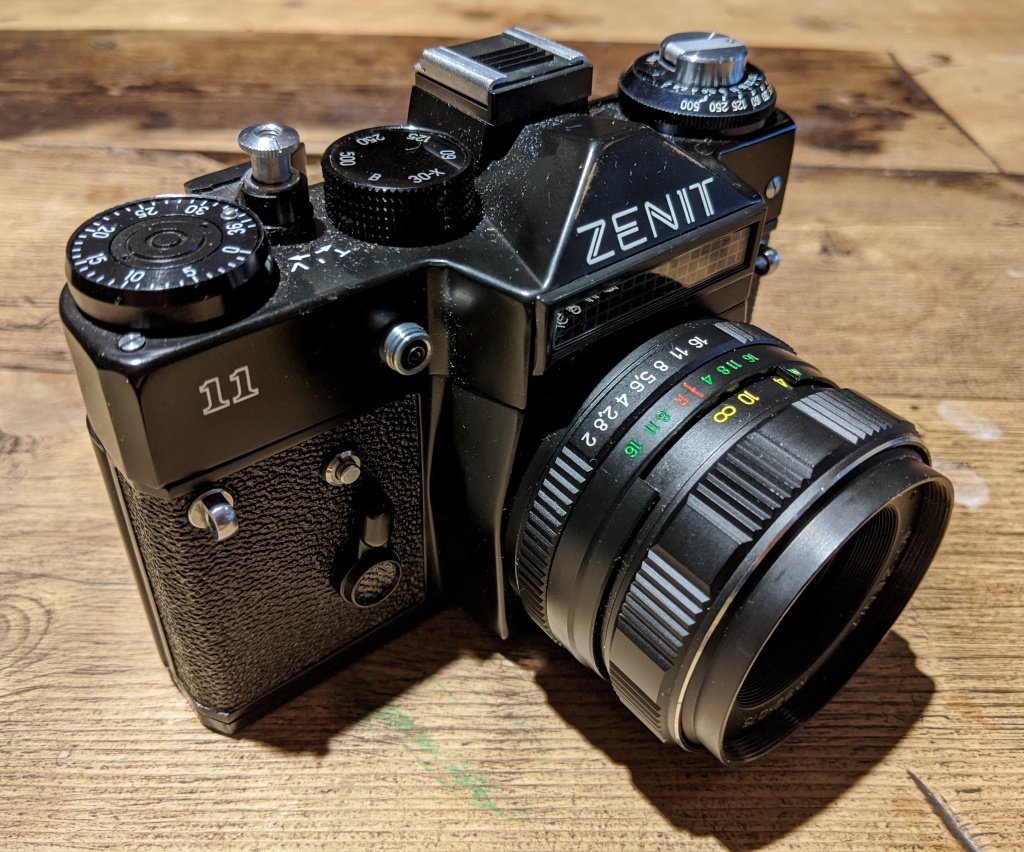
The Zenit 11 is built like a tank, a fully manual 35mm SLR produced in Russia between 1981 and 1990. On the right of the top plate there’s a satisfying film wind lever and shot counter, shutter speed dial and a rather chunky shutter button, whilst on the left there’s an exposure meter, exposure calculator, and film rewind knob. It came with a Helios-44M f/2 58mm lens, a very capable lens with a very pleasing depth of field. It’s a full frame camera, and the viewfinder is large and bright. Like everything else on the camera, focusing is done manually. On the front there’s a wind-up self timer, a socket for flash, and a distinctive selenium cell light meter.
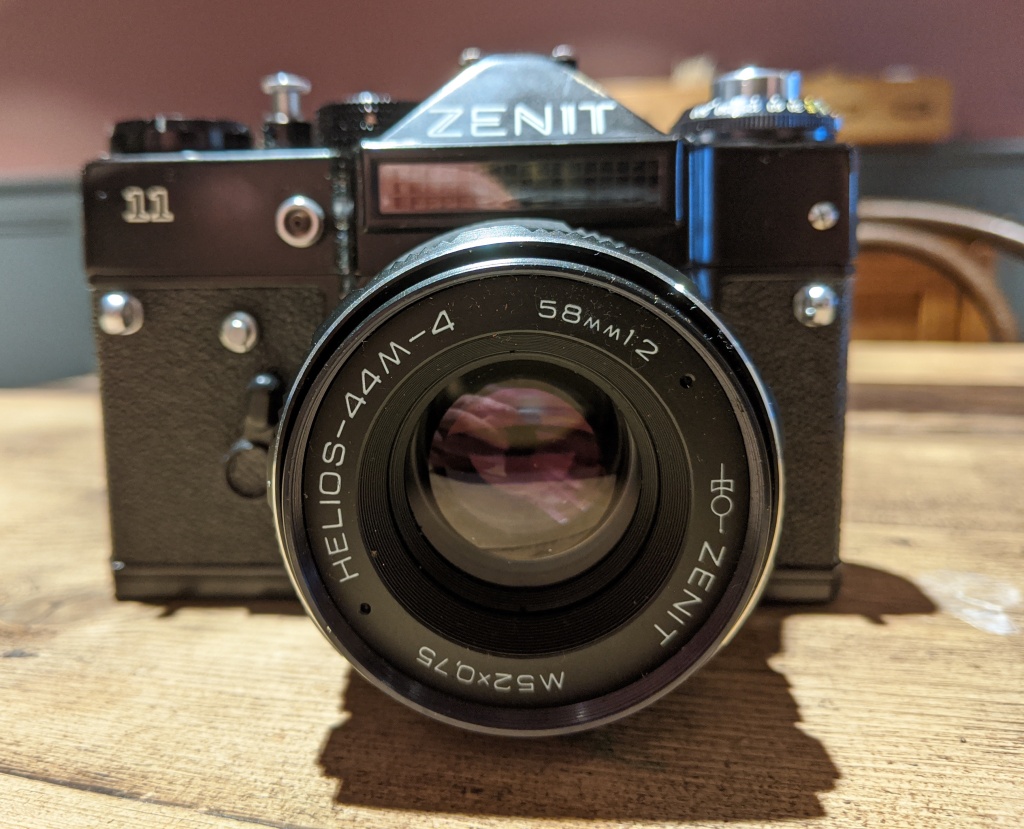
I’ve read that these selenium meters don’t always work, but mine is in working order and very accurate – it’s definitely a bonus, no need to worry about trying to find alternatives to now banned batteries that so many older SLRs use to power their light meters. The cell picks up the exposure reading and sends it to a small window on the top left of the camera. It’s a simple, accurate little computer: select the film speed, turn the knob so the metal wire reading from the selenium cell aligns with a circular cap and voila, you have the correct exposure and corresponding shutter speed.
Right: Sitting above the lens and just below the distinctive Zenit branding is the selenium powered light meter, which has proven to be accurate and very handy!
In terms of shutter speeds there’s Bulb, 1/30, 1/60, 1/125, 1/250, 1/500, plenty of scope for most requirements, although the flash syncs as 1/30th, so perhaps not for everyone. I’ve researched using the Zenit for long exposure shots and it seems quite capable, although it’s something I haven’t yet tried.
It feels well made – perhaps because Zenits were destined not just for the Russian market but were also exported beyond the Iron Curtain. The film advance is smooth and reassuring, although I will note that I’ve had a few occasions where the shutter curtain has jammed. There’s online videos taking you through how to unscrew the base plate and adjust the curtain, but I’m not too keen on attempting that. Instead I’ve discovered that perhaps the jamming has occurred because I haven’t been fully advancing the film properly, and now that I’m conscious of fully advancing the film advance lever I haven’t had any problems.
The Zenit 11 body has an M42 lens mount, a screw thread mounting system that many manufacturers used until the late 1970s and early 1980s, so there’s lots and lots of lenses out there, and at a reasonable price too. I bought a somewhat derided Hanimex 28mm f/2.8 for £18, a wide-angle lens that many quote as being one of the worst lenses they’ve ever used, although I haven’t had many problems with it. There’s lots of choice out there, and as I enjoy shooting with the Zenit so much I’m sure I’ll buy a few more lenses for it.
Below are some shots from my first three rolls of film in this very satisfying camera. The first five are from my first time using the camera, loaded with Kodak ColorPlus 200.
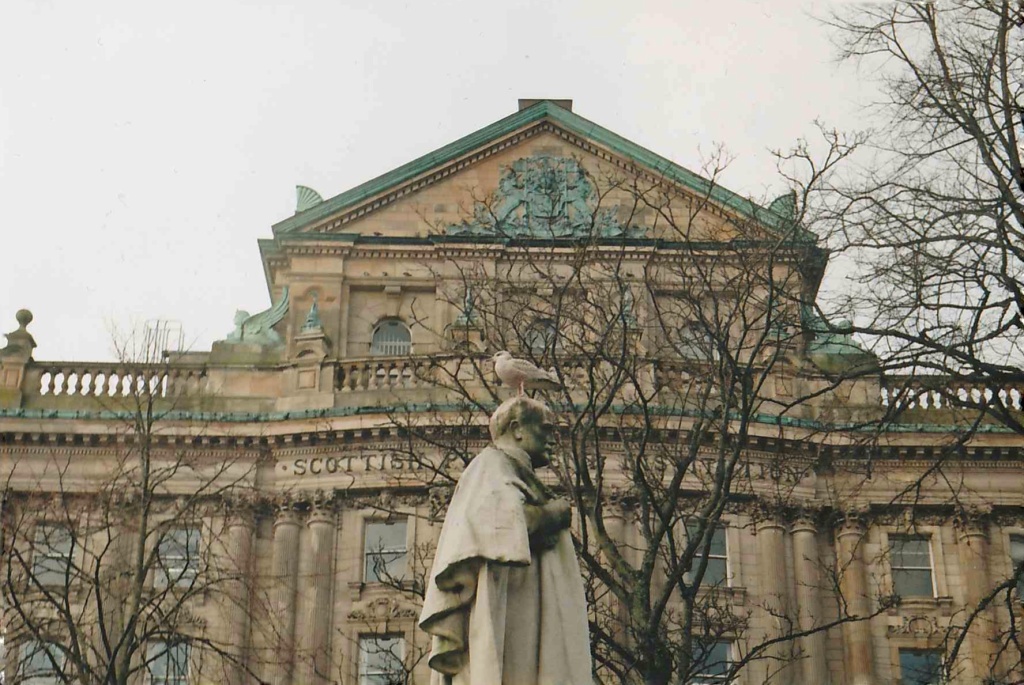
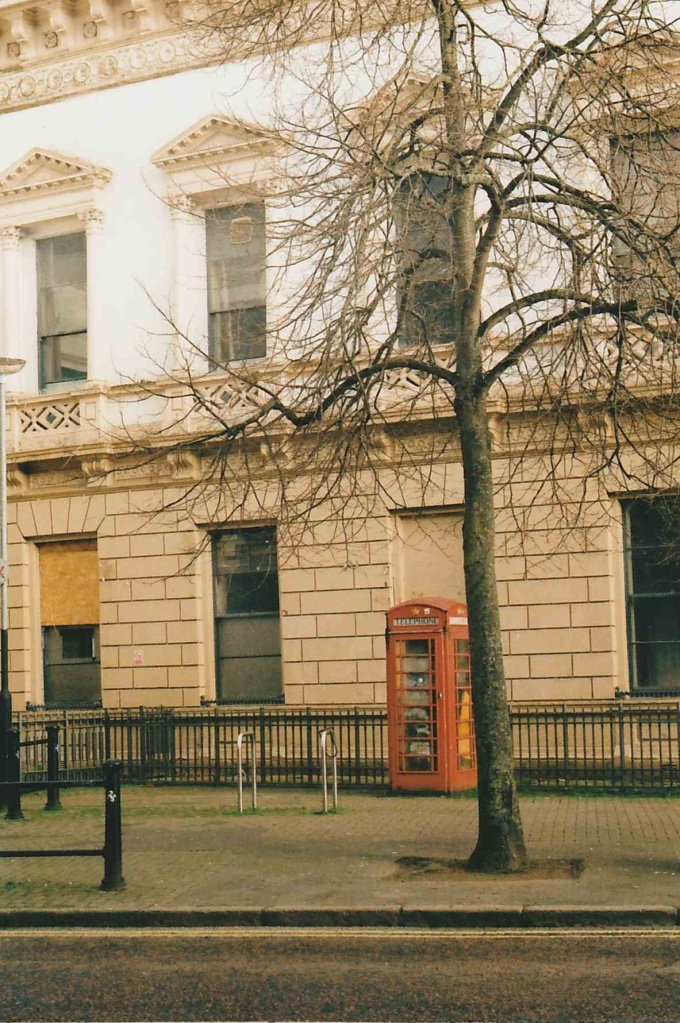
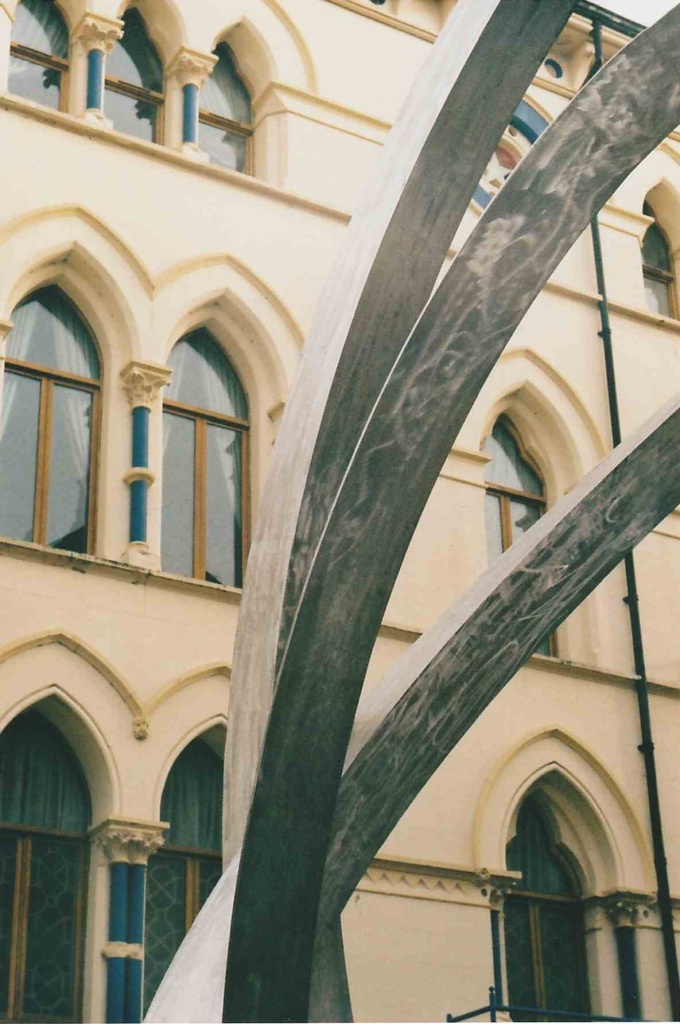
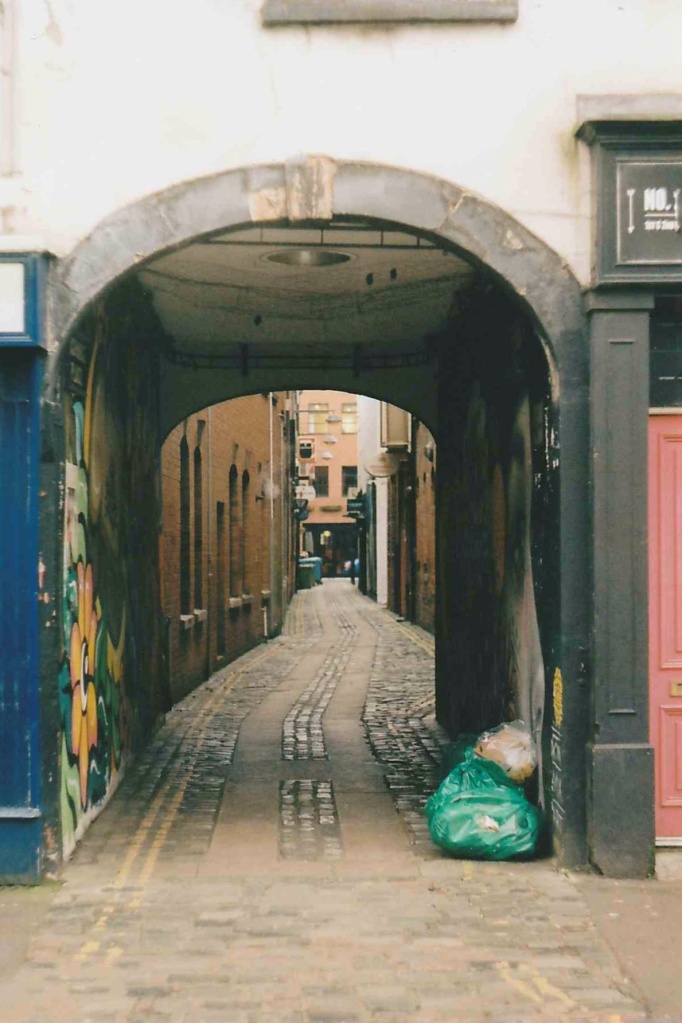
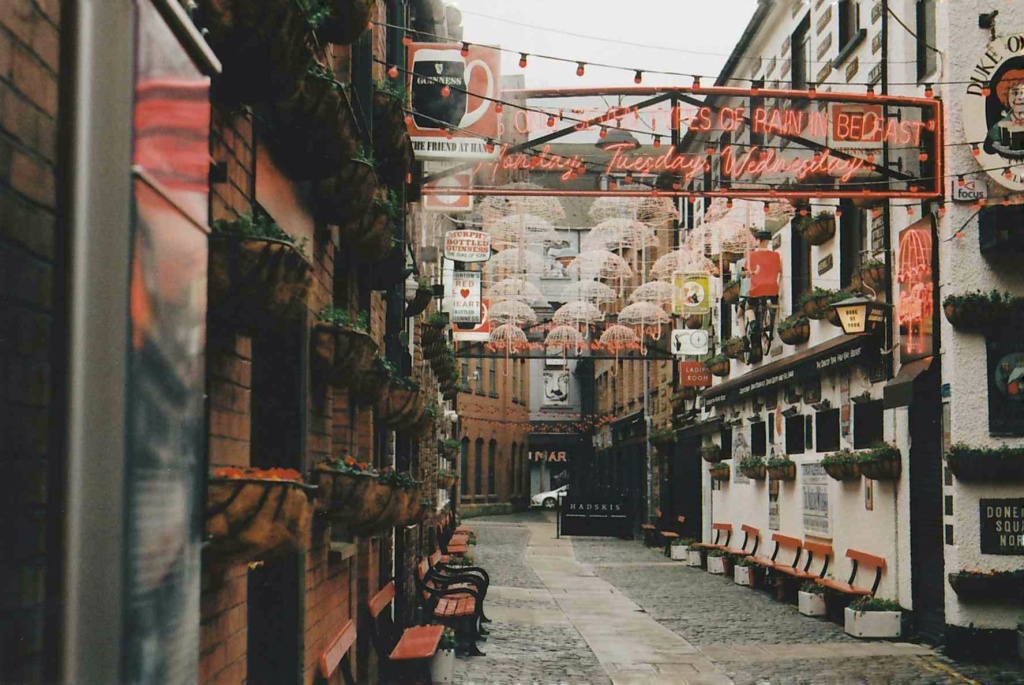
These next photos were taken using Ilford Super XP2 400.
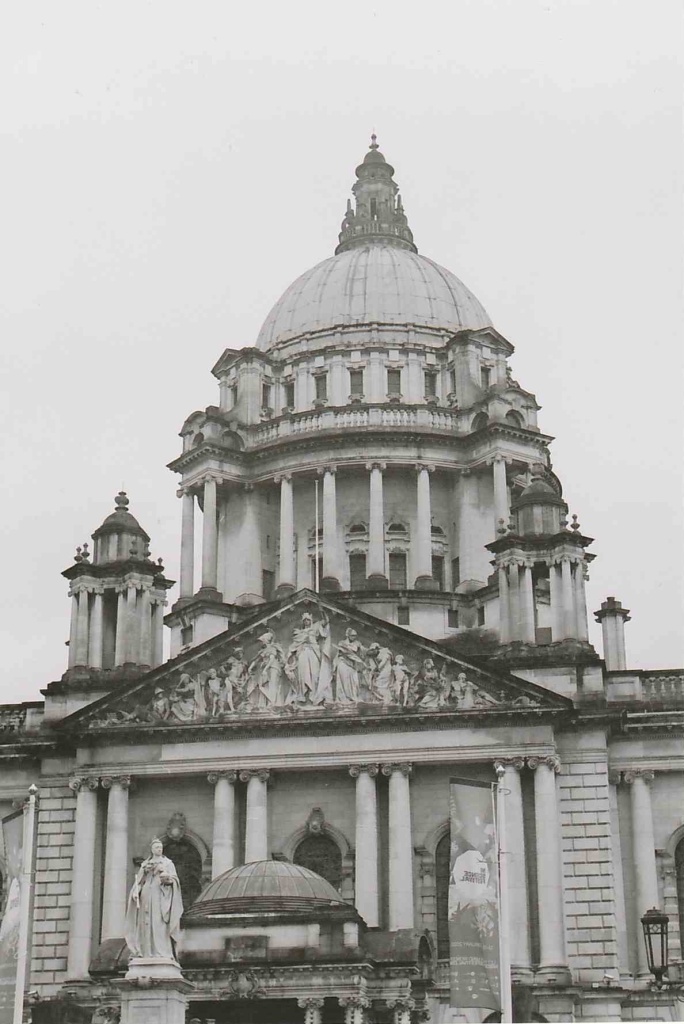
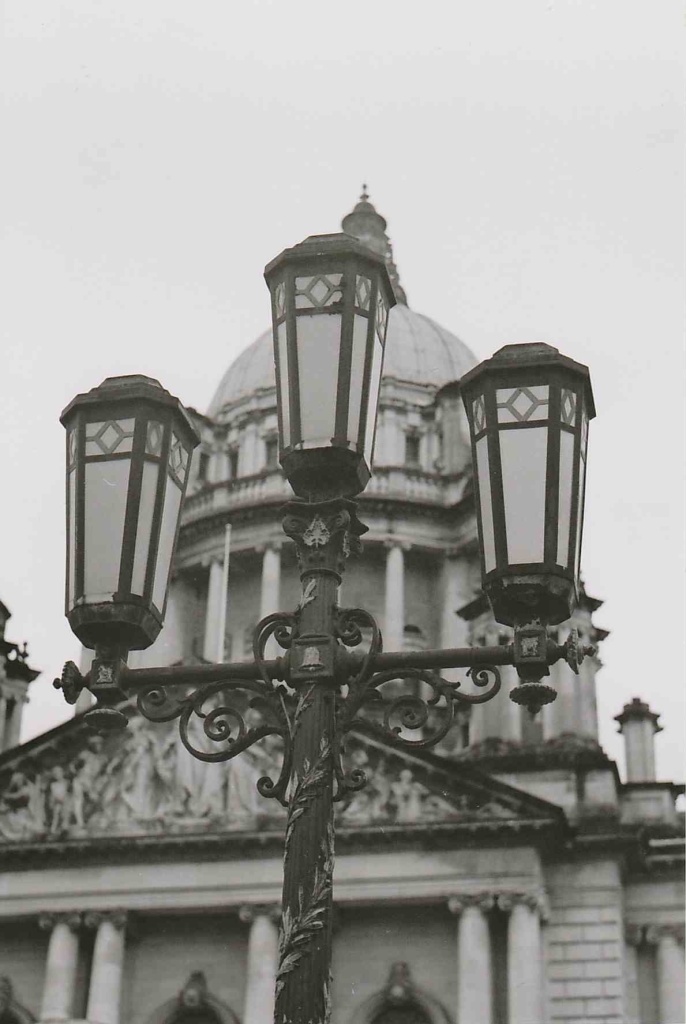
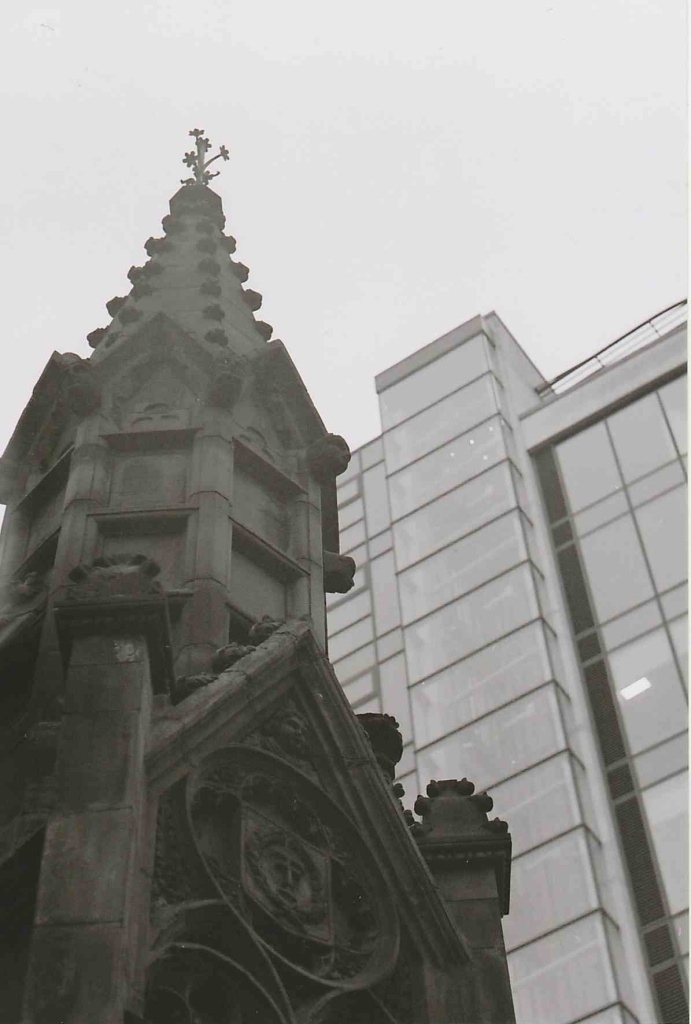
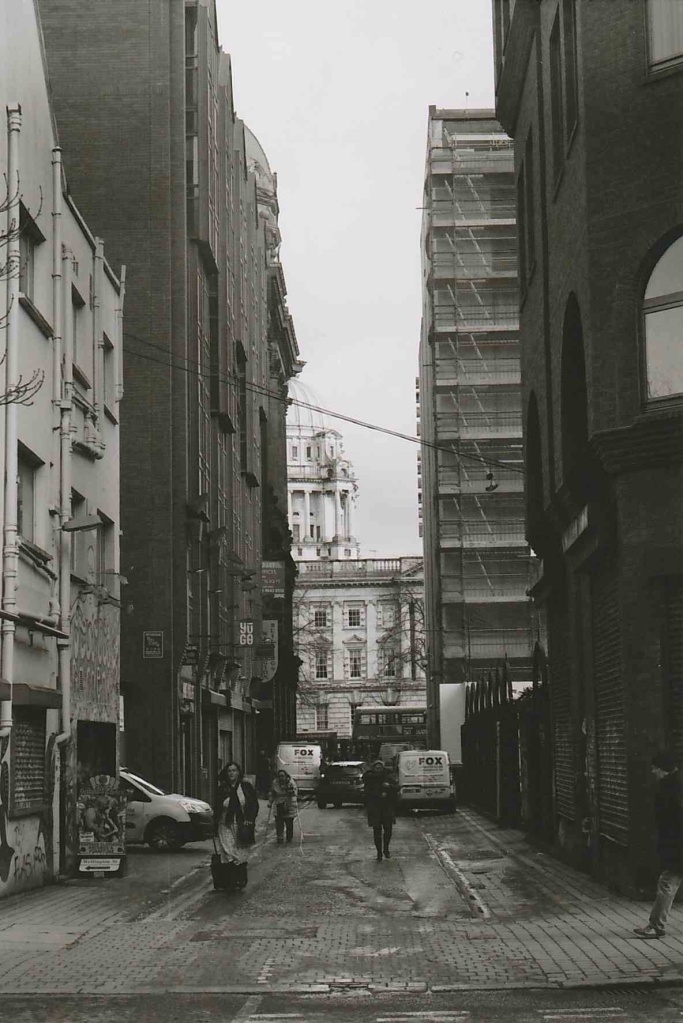
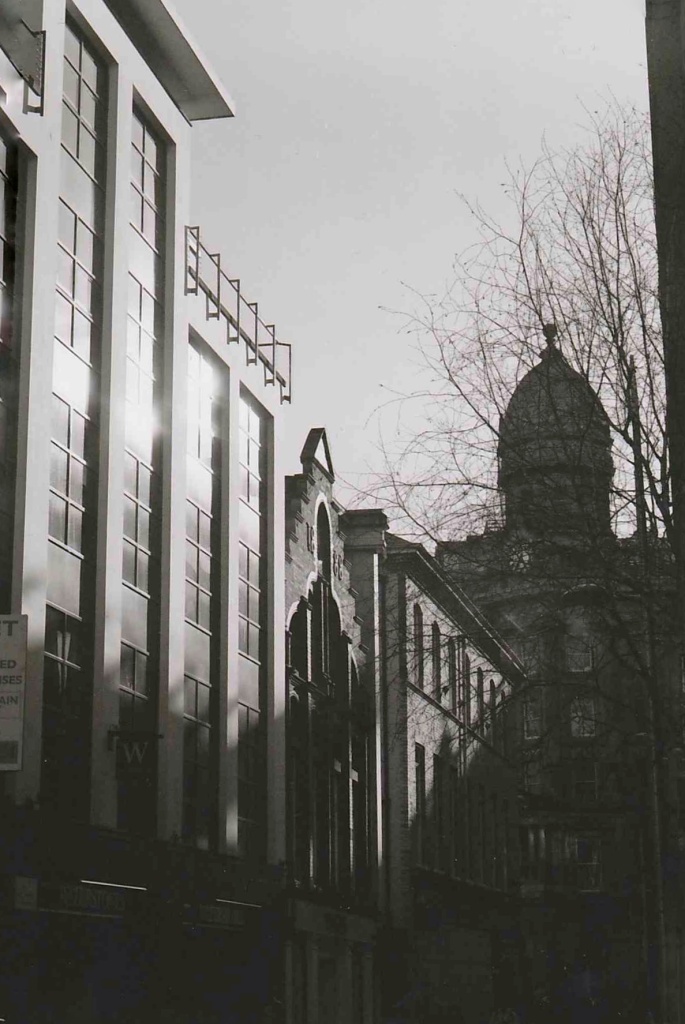
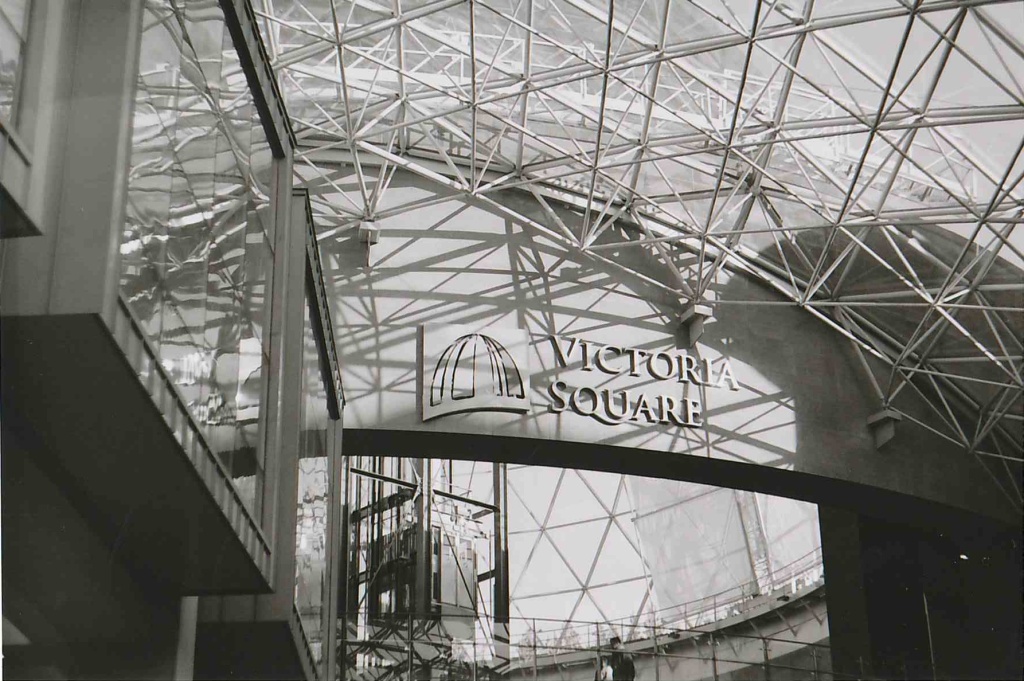
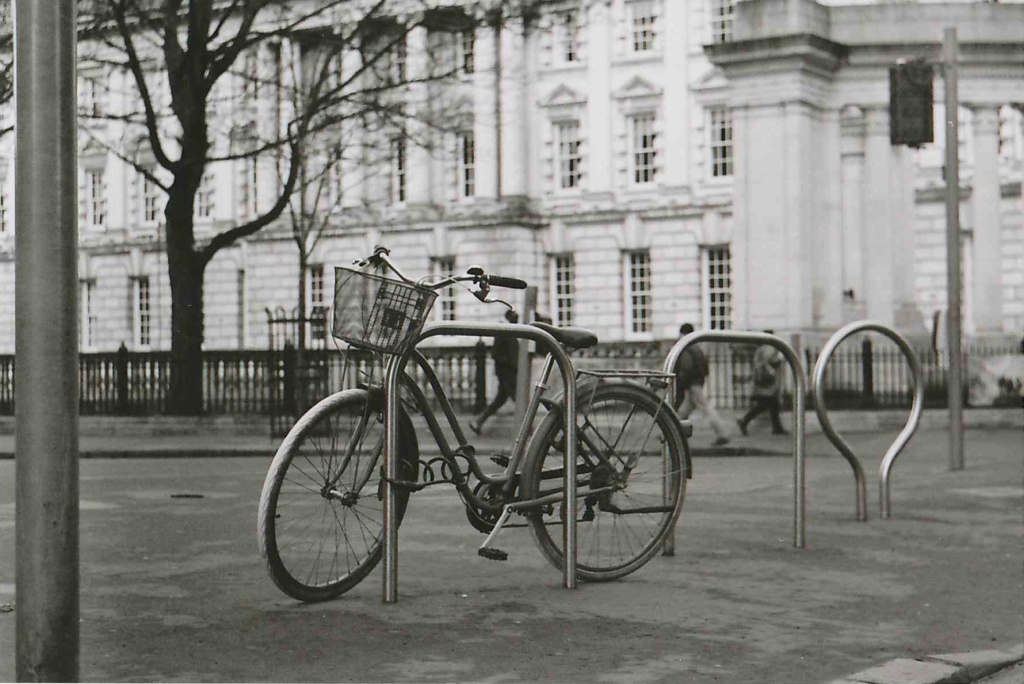
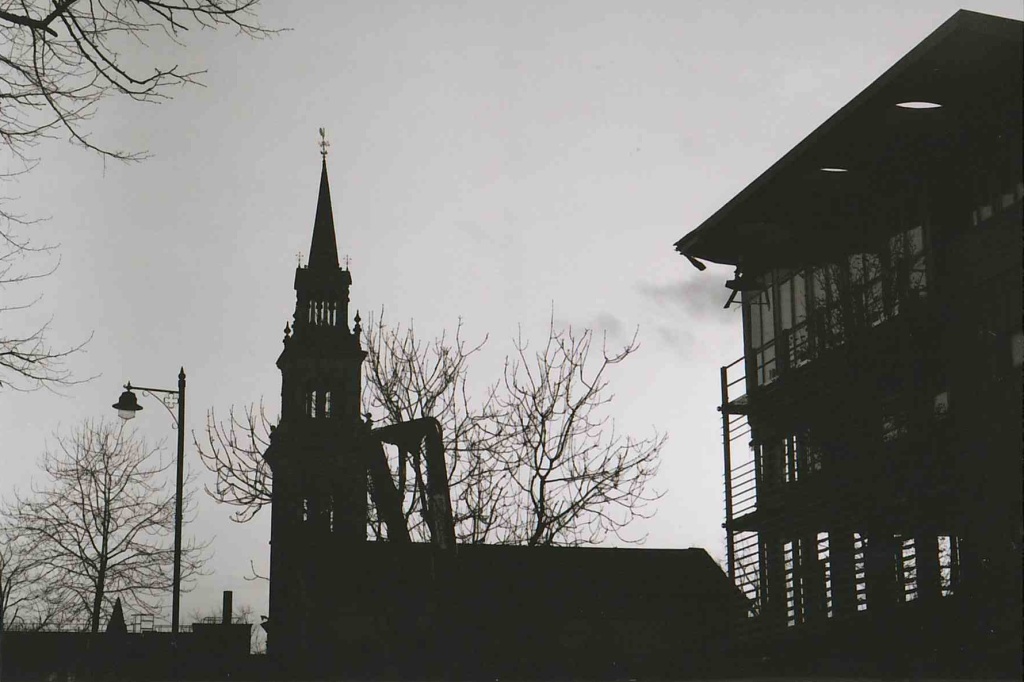
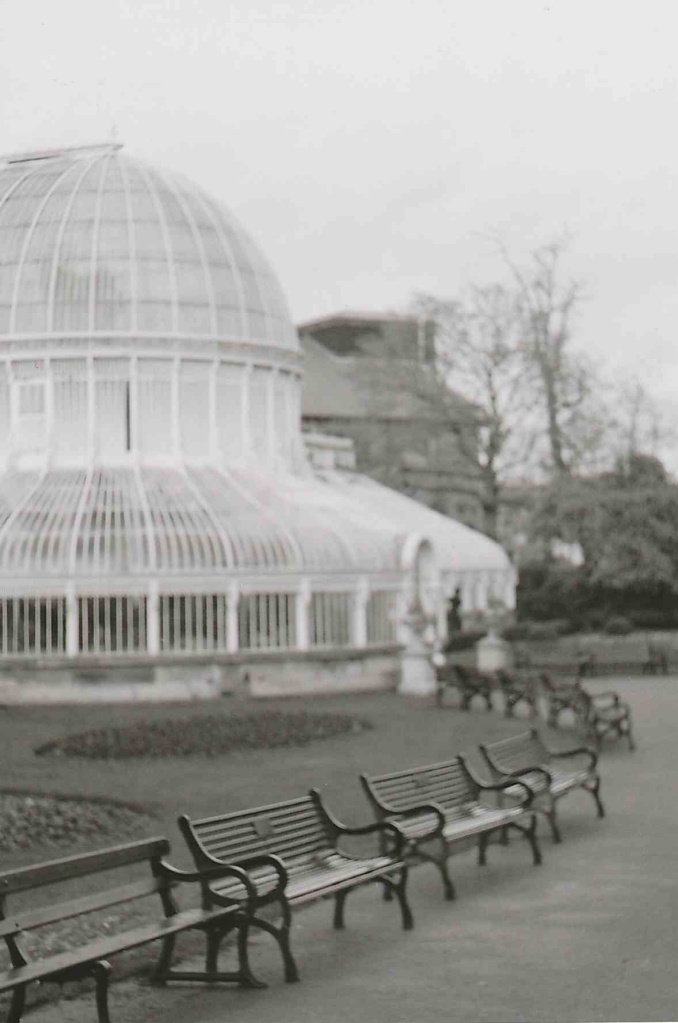
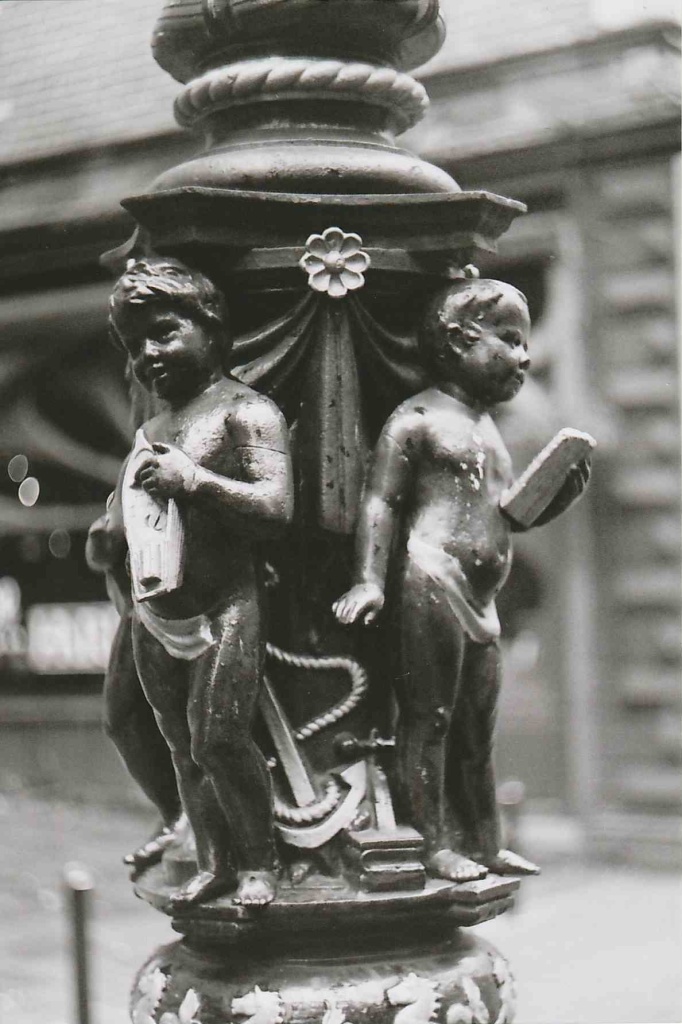
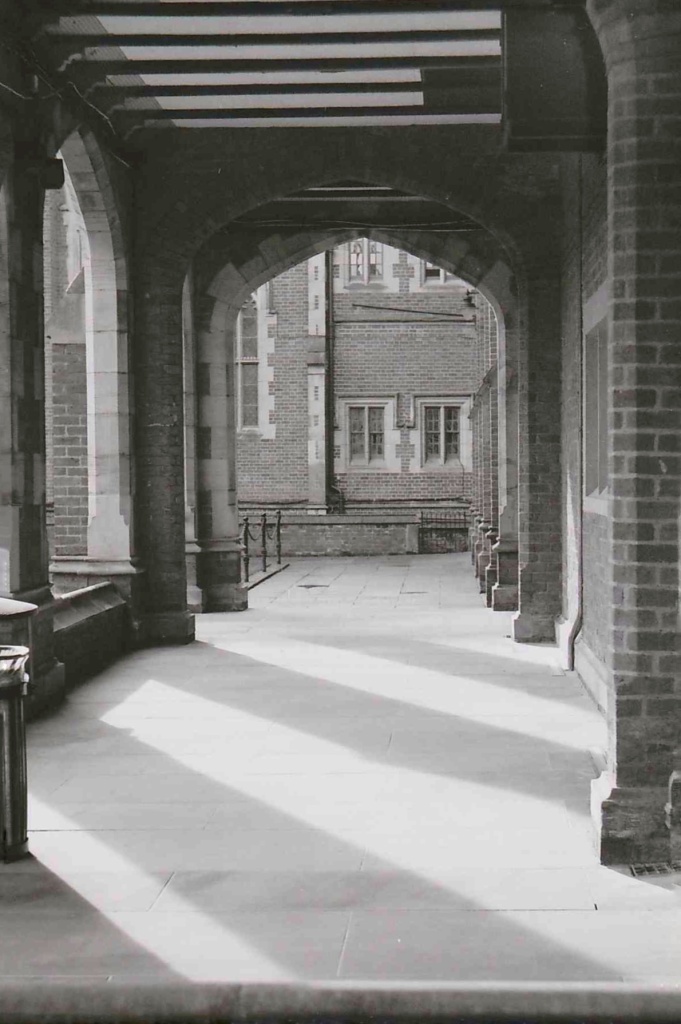
And from my third roll, this time using Kodak Ultramax 400.
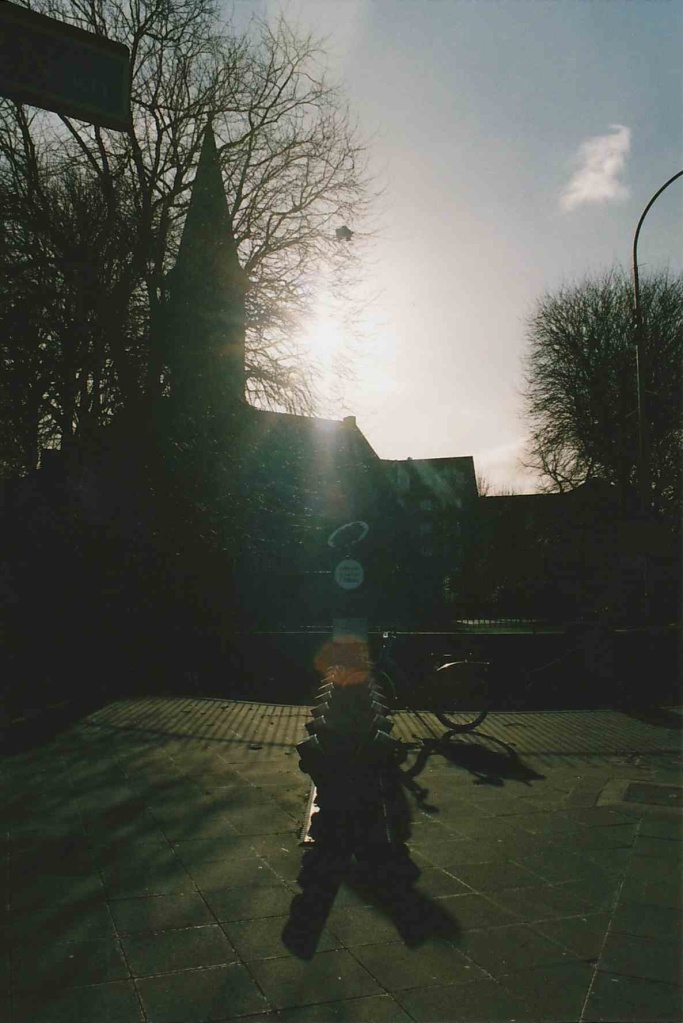
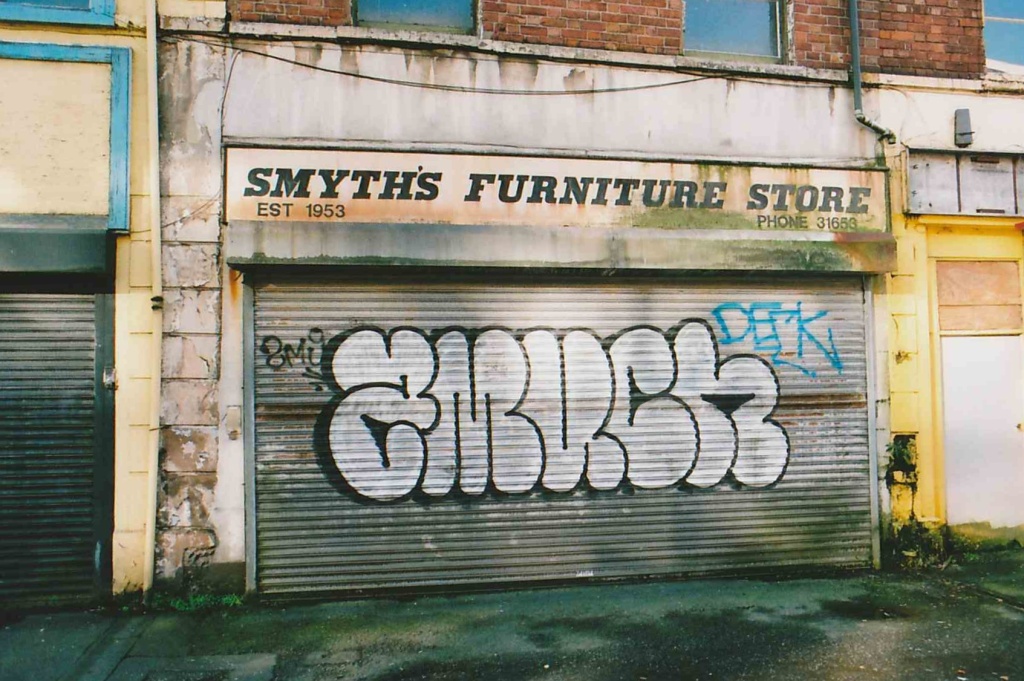
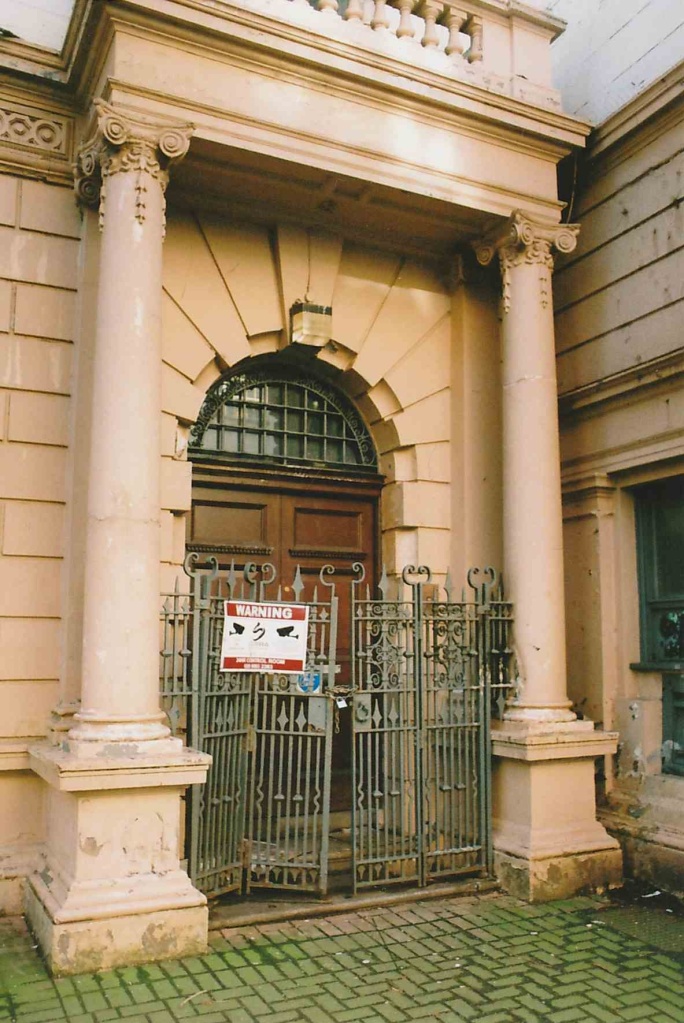
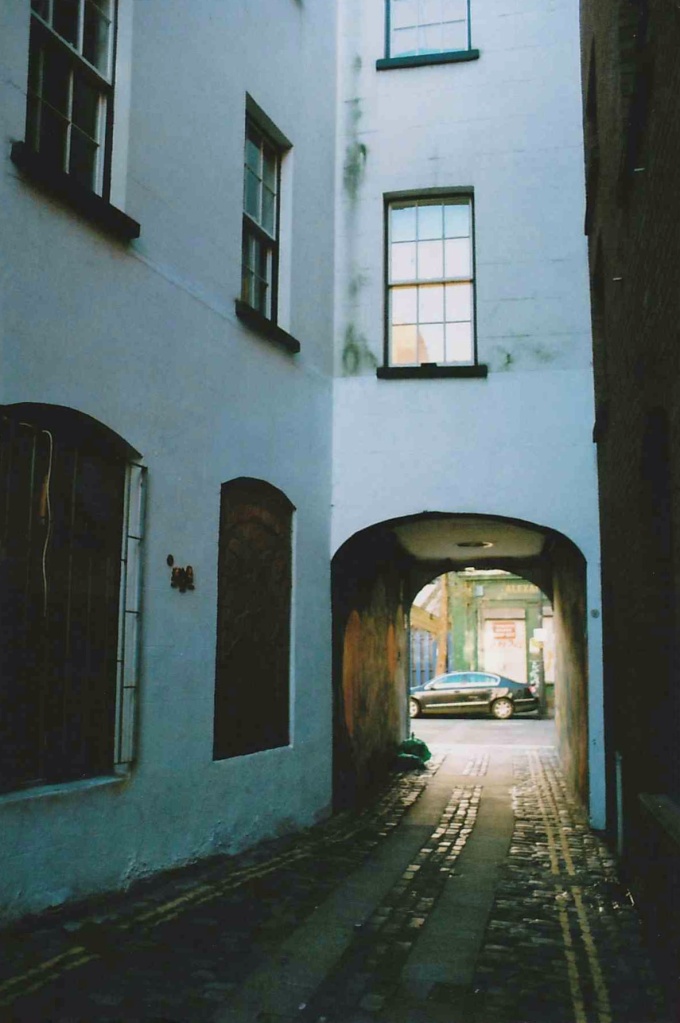


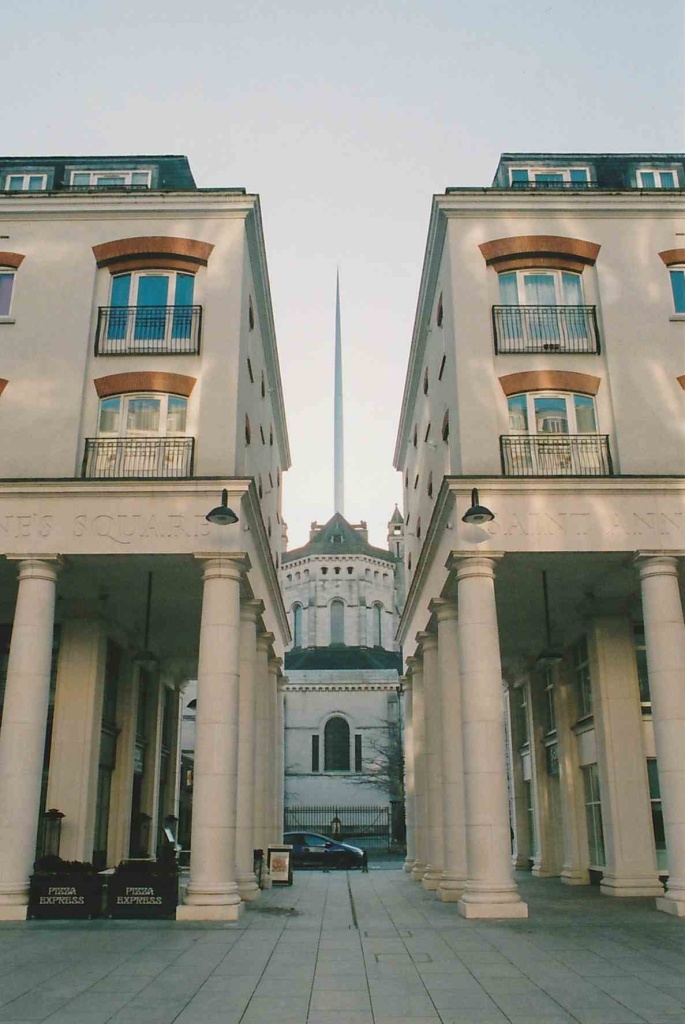
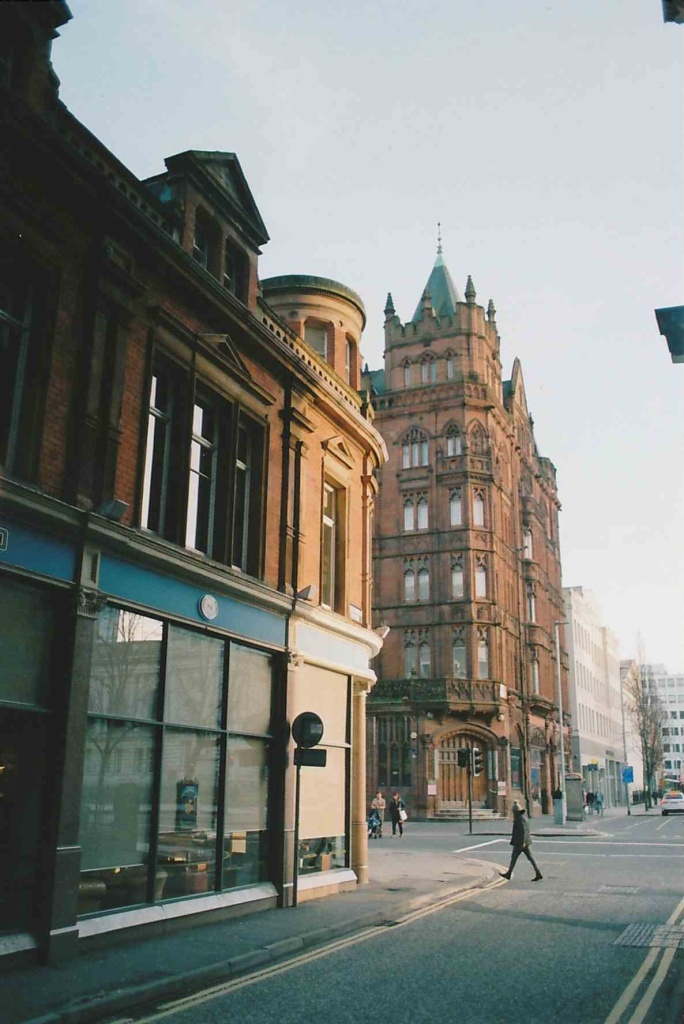
At present I still have five rolls of film waiting to be developed and I’m looking forward to seeing the results.
I’ve been using this camera for a few months now, and I have to say that it’s been a joy to use. Not only has it forced me to go back to basics, but it has made me more circumspect when it comes to shooting, a habit of being more selective and taking more time over my shots that has transferred to my digital photography.
I’m not yet at the stage of developing my own film, but even taking into consideration the cost of using photo labs via the high street to develop my film and secure prints, the Zenit 11 has been, and continues to be, a very cost effective means of getting more serious about my photography. At the moment my financial situation means that even a budget DSLR, and actually the cost of different lenses, is far more than I can ever hope to afford. Yet for £38 I have a competent SLR and two different lenses to play with, and if I decide to purchase a moderate telephoto lens, something around 135mm, there seems to be a lot of m42 mount 135mm lenses out there at reasonable prices. For less than £70 I’d have a pretty nice set up, with a variety of lenses and lots of scope to continue my photographic journey. And I think that the fact I’m being so much more conscious and deliberate each time I take a photo with my Zenit, because of the cost of getting my photos developed, has meant I’ve learnt more about photography and about composition than I would if I’d continued to just shoot digital. That’s something that means the Zenit 11 will always be a little bit special for me.
With the current coronavirus pandemic and the resultant restrictions it has entailed, I’m not shooting much at the moment, sometimes bringing the Zenit with me when I go out for groceries, medication, or early morning exercise, but obviously not wandering around and taking time to compose and shoot. These are uncertain times, but there’s one thing I am certain of: when all this is over and the restrictions come to and end, I’ll definitely be back out there with this very capable, very satisfying, and very enjoyable camera.
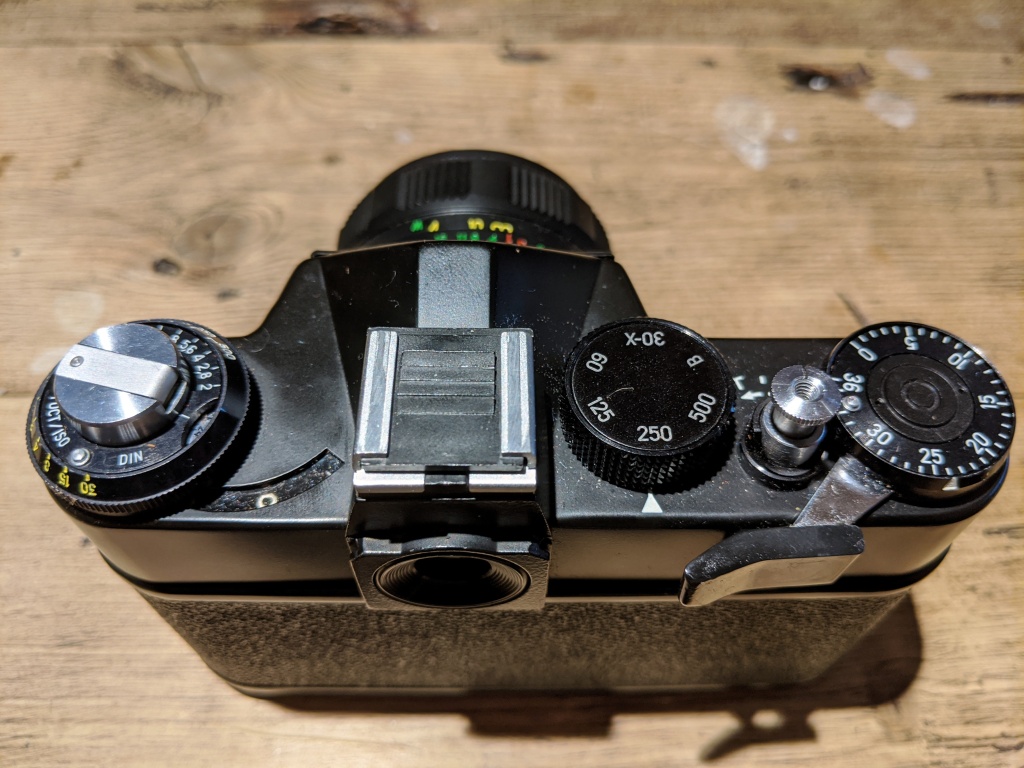
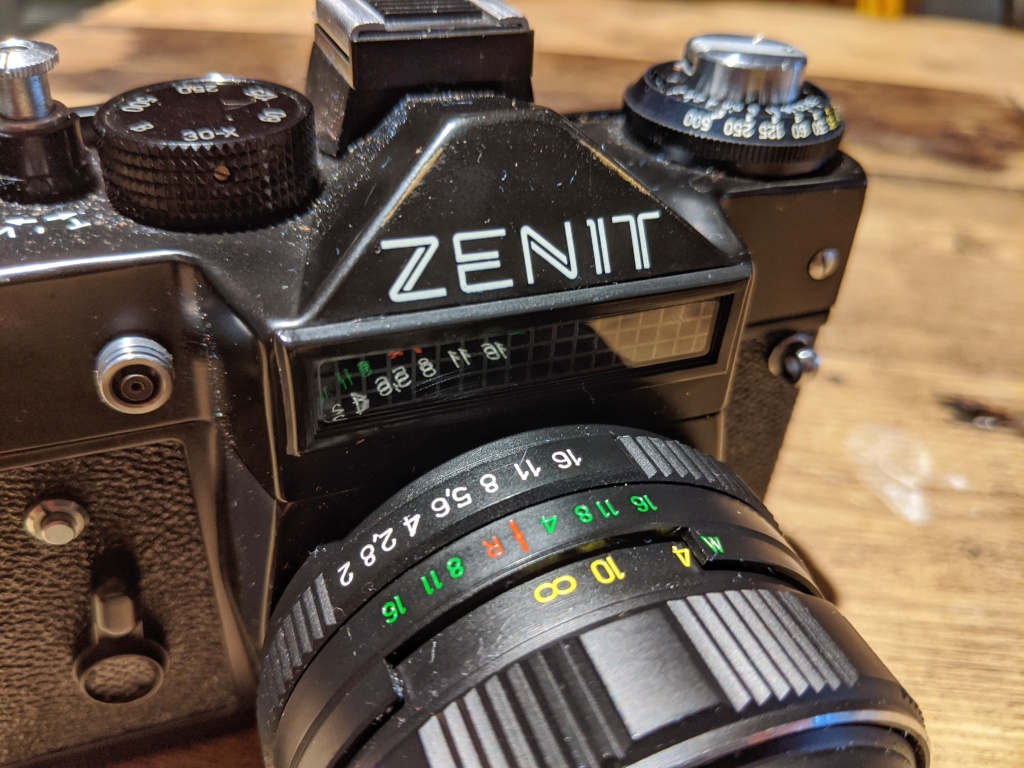
Leave a comment